Embroidery Stitchy Business:
Embroidery, an art form that has captivated hearts for centuries, is not merely a pastime but a versatile and profitable business opportunity. Whether you’re a seasoned embroiderer or a passionate newcomer, establishing your own embroidery stitching business can be a rewarding and fulfilling endeavor.
The Allure of Embroidery
Embroidery’s enduring appeal stems from its ability to transform ordinary fabrics into works of art. It’s a craft that seamlessly blends artistry and practicality, adding a touch of elegance and personalization to everyday items. Whether adorning clothing, personalizing gifts, or crafting unique pieces, embroidery offers a wide range of creative possibilities.
Venturing into the Embroidery Business
Launching your embroidery stitching business doesn’t require extensive formal training or expensive equipment. Your passion, creativity, and basic sewing skills can serve as a solid foundation. As you progress, you can refine your techniques and invest in specialized tools and equipment to enhance your capabilities.
Target Audience and Market Analysis
Before diving into the world of embroidery business, it’s crucial to understand your target audience and identify the market niche you aim to serve. Explore the preferences and needs of potential customers, whether they’re individuals seeking personalized gifts, businesses seeking custom branding, or craft enthusiasts seeking embroidery kits and patterns.
Establishing a Unique Brand
In the competitive embroidery market, standing out requires a strong brand identity. Develop a memorable name that reflects your style and craftsmanship. Create a professional logo and establish a consistent brand aesthetic across your marketing materials, from website and social media presence to packaging and product labels.
Crafting a Diverse Product Portfolio
To cater to a wider audience and increase sales, diversify your product offerings. Offer a range of embroidery designs, from simple monograms to intricate patterns. Consider creating custom apparel, accessories, home décor items, and personalized gifts.
Leveraging Digital Marketing
In today’s digital world, online marketing is essential for showcasing your embroidery skills and reaching potential customers. Create a user-friendly website that showcases your portfolio and provides easy access to purchasing options. Utilize social media platforms to share your work, engage with customers, and run targeted ads to expand your reach.
Networking and Collaborations
Connect with other local embroiderers, craft enthusiasts, and small businesses to expand your network and collaborate on projects. Participate in craft fairs, exhibitions, and local events to showcase your work and connect with potential customers.
Embrace Continuous Learning
The embroidery world is constantly evolving, with new techniques, designs, and trends emerging regularly. To stay ahead of the curve and maintain your competitive edge, commit to continuous learning. Attend workshops, participate in online courses, and explore new embroidery techniques to expand your repertoire.
Embrace Patience and Enjoy the Journey
Establishing an embroidery stitching business requires patience, dedication, and a passion for the craft. Don’t be discouraged by setbacks or challenges; instead, view them as opportunities for growth and improvement. Embrace the journey, savor the creative process, and find fulfillment in bringing your embroidery creations to life
Discover tips and tricks for turning your love for machine embroidery into a successful home-based embroidery business. In the second installment, you’ll learn all about how to choose
the right price for your work
Taking your embroidery from a hobby to a business can get complicated. Starting a business is exciting, but figuring out what your work is genuinely worth is one of the most challenging aspects. You don’t want to oversell and alienate your potential clients, but underselling looks unprofessional and may even cut you off from the embroidery community that can help you grow your business. A good foundation and understanding the basics will help you accurately price your work and help your business in the long run.
BASICS
There are several factors to consider when deciding what to charge in a home-based business. If you think you may want to start a business, it’s a good idea to charge something
for your embroidery work — even when it’s family or friends, though you can make an exception for gifts.
A good base price point is $1 per 1000 stitches. It won’t factor in everything it takes to run your business, but it’s a starting point if you’re only making a few items for a select clientele. A hoop fee is also a good idea. Usually, a hoop fee is about $5 per hooping.
DETAIL
Embroidery pros use digital software to create custom patterns. Detail work costs money, but if someone you know is looking for a custom piece, like a logo or patch, you can offer them a charge for the pattern, based on the number of stitches and thread color changes requires. The average is usually around $20-$30 per pattern, with simple patterns costing $10, and more complex costing upwards of $60. Judge for yourself what the time you spend digitizing patterns is worth to you, and keep these figures in min as a ballpark.
THREAD COLORS
It makes sense that color changes are more expensive than simple black script. It all depends on the amount of material you’re using. The more colors you use, the more spools you need to add to the machine. Monogrammed baby blankets and simple black script style logos are a lot cheaper for you, and you can pass those savings onto the customers. $5 for a monogram
or patch in black with one color is reasonable, while $20 for three or four colors makes more sense.
MACHINE COST
The difference between charging friends for your hobby and creating a business around your embroidery is that you need to factor in the cost of everything. That means your electricity, internet access, materials and equipment all factor into the value of your work. You may have the option to rent an embroidery machine to start your business off on the right foot.
However, if you plan to get serious, you’ll want to purchase your own. Your pricing will determine how fast you’ll pay off your machine and the quality of materials you can offer customers. Research reviews on the best embroidery machines that will give you a pro look, even if you’re starting out. Also, remember to factor in the cost of your materials and
equipment when you set your prices.
VOLUME DISCOUNTS
To really make a dent in the world of custom embroidery, getting a few corporate accounts can turn things around. It’s not as fun as custom pieces, but it’s still a great way to get
creative and to make a name for you and your business. Most embroiderers don’t use price lists. There are too many factors to consider. An excellent way to build customer loyalty, though, is to offer volume discounts. Off ering 20 hats bought in bulk for a cheaper rate than offering 16 custom jobs makes the work easier on you. And you can provide savings to your
customers, building your reputation as you do so.
COMPARE PRICES
Cheaper isn’t always better, even to the most discerning buyers. Now that you have the basics down, figure out what you’re offering. Don’t worry about price listing, but check with other embroiders to see where their prices compare to yours. If you’re involved in any crafts groups or classes, talk to your peers about how they set their prices. Overpricing could discourage people from buying from you, but underpricing might make buyers suspicious about the quality of your work. Research cost analysis graphs online to help you. Don’t undersell yourself. Many beginners set their prices low, with the idea that they’ll raise them as they gain skills. But raising prices never works for fledgling businesses. Set your prices to reflect the quality and dedication of your work.
Related Posts
Discover relevant articles, tutorials, and tips to improve your skills and explore new techniques.
Stay inspired and connected to our embroidery community.

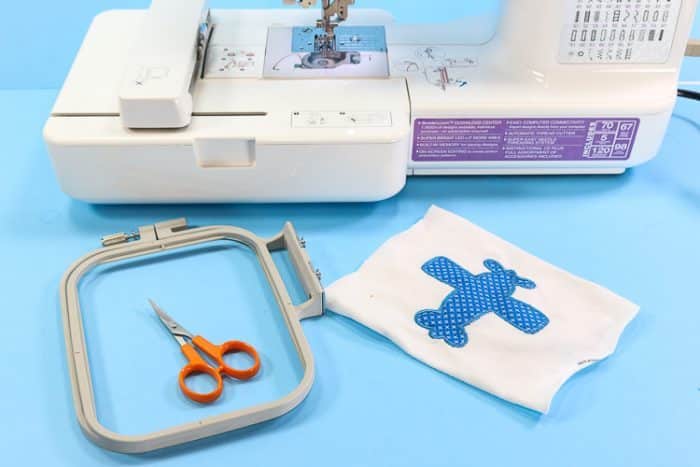
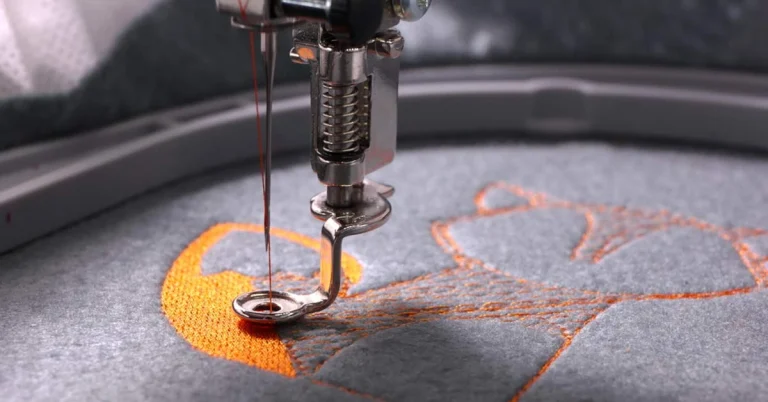
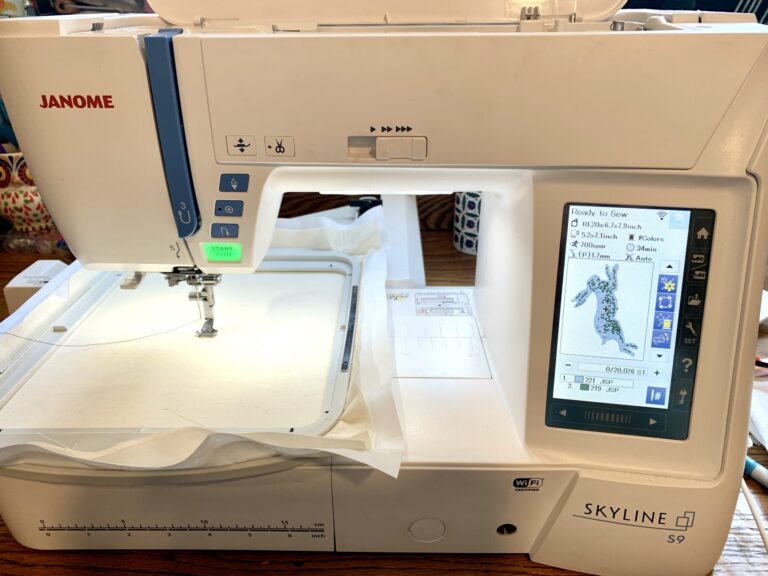
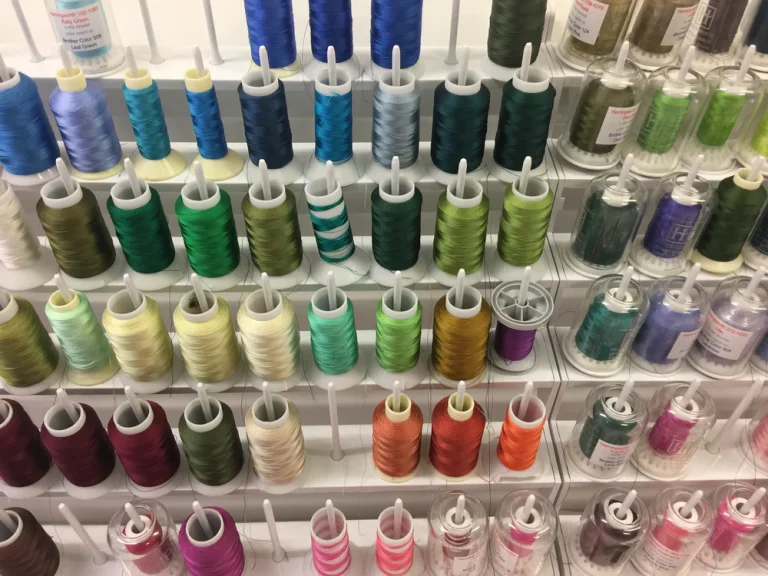
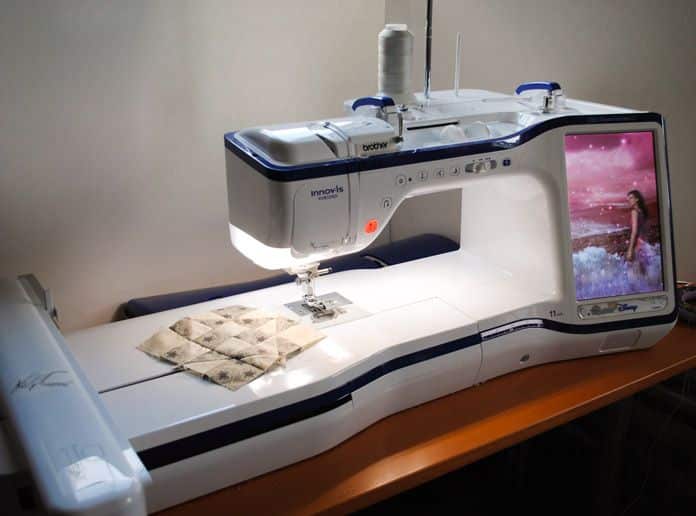

Hola! I’ve been reading your website for a long time now and finally got the courage to go ahead and give you a shout out from
Kingwood Tx! Just wanted to say keep up the fantastic
job!
bsolutely love your site..
whoah this weblog is great i like reading your posts.
Stay up the good work! You realize, a lot of people are hunting around for this information, you could
aid them greatly.